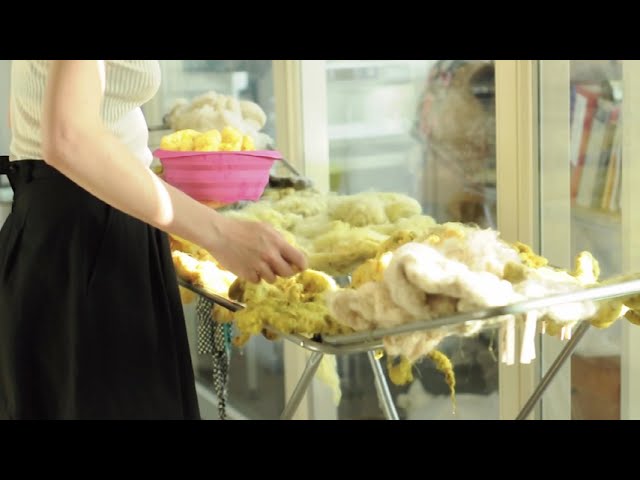Keeping Warm
Minne Zeijdner
The project was done by following the posthuman design theory by Ron Wakkary. It is a first exploration into what his theory could look like in practice, specifically, how designing works when humans and nonhumans are considered equals.
Exploring posthumanist design by doing
Posthumanist and more-than-human design are up and coming themes in the design world. Keeping Warm explored how the posthumanist design theory as proposed by Ron Wakkary (Things we could design, 2021) would do in practice. The theory by Wakkary provided design methods to change design practice from human-centered to more-than-human-centered. These methods were applied to a socially relevant design problem, and the results, along with the methods, were explored.
In Keeping Warm, the situation of energy poverty in the Netherlands was explored. Would the posthumanist design method be able to impact this human problem, whilst not losing the nonhumans out of sight? To ensure this, special attention was put on the natural and social impact of the product, its materials and its stakeholders. This resulted in a woolen garment made specially for people with little money, which is 100% biodegradable and made from waste materials. By working with the material input and social input from stakeholders, the focus was put on creating a product based on what was there, not a vision of what could be. Doing this allowed for a free exploration into what was possible with the material, which resulted in a new way processing wool, which is more sustainable and affordable than the current practice.
Keeping Warm shows how the posthumanist method as proposed by Wakkary does not only find its support in theory, but can be applied to design problems as we face them each day. The outcome as presented here is more in touch with the materials used, the stakeholders involved, and the impact of the product, than the same solution from a human-centered point would be.




